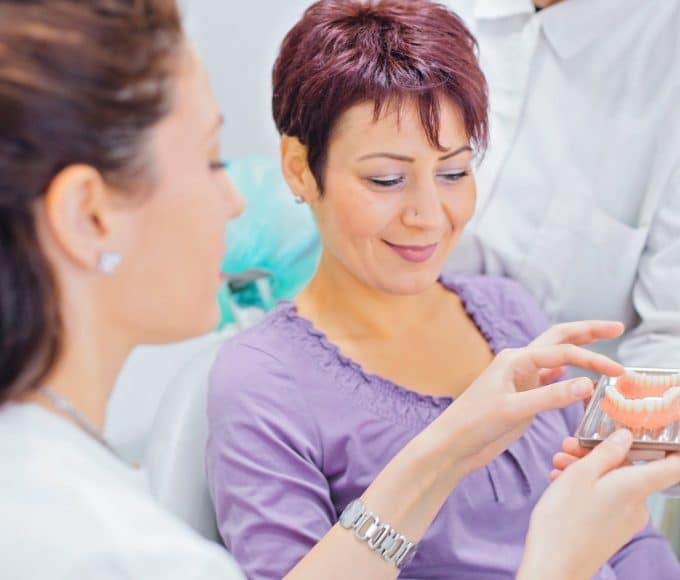Many things can keep women from enjoying sexual activities. They include diminished or lost sexual desire; the inability to become sexually aroused; difficulty achieving orgasm or sexual climax; and painful intercourse.
Occasional sexual problems are common and happen to most women from time to time. Persistent sexual problems and those that cause emotional distress require professional intervention. They generally signify a condition known as female sexual dysfunction (FSD).
Video Overview
What Causes Female Sexual Dysfunction?
Most female sexual problems have a physical or psychological origin. Physical causes include medical conditions like type 2 diabetes, hormone fluctuations, heart disease or nerve disorders. Some antidepressants and other medications also affect sexual desire and performance.
The common psychological causes of female sexual dysfunction include depression, anxiety and job-related stress. Marriage or relationship problems also play a role in sexual function. Some women experience sexual problems due to past sexual traumas.
What Defines Female Sexual Dysfunction?
The success of Viagra in treating male impotence or erectile dysfunction paved the way for a new disease category: female sexual dysfunction. Doctors use seven sexual problems to define FSD. The problems must cause women distress before they qualify as FSD disorders.
According to the “Journal of Urology,” female sexual dysfunction includes hypoactive sexual desire disorder (HSDD), sexual aversion disorder, sexual arousal disorder, orgasmic disorder, painful intercourse or dyspareunia, vaginal spasms or vaginismus and non-coital sexual pain.
Although menopausal women are most likely to experience sexual problems due to age-related issues and hormone problems, FSD can affect women of all ages and in all stages of life. It can also cause emotional distress for their husbands or sexual partners. Female sexual dysfunction can have a detrimental effect on marriage and relationships. Women who experience persistent sexual problems should seek medical or professional help.
How is Female Sexual Dysfunction Treated?
Female sexual dysfunction has many different treatments depending on the cause and type of sexual problem involved. Low libido is typically treated with medications, hormones or counseling. Healthy lifestyle changes are also encouraged to improve sexual desire and enhance intercourse.
Orgasm problems, known medically as anorgasmia, are usually treated with lifestyle changes, counseling and sex therapy. Hormone therapies such as estrogen or testosterone replacement cannot cure anorgasmia, but they can help.
Painful intercourse often responds to medication, although counseling and sex therapy are also recommended. Lubricants, warm baths and changes to the sexual routine may alleviate pain during sex.
Sexual problems are real for millions of women, but they are rarely simple matters. Men can treat erection problems with a little blue pill, but female sexual problems usually require a comprehensive treatment approach. Sexual desire, pleasure and distress are complex issues for women since they involve physical and emotional factors.
Women who are dissatisfied with their sexual lives should have an honest discussion with their partners before seeking professional help. Medical treatments and sex therapy can reverse most sexual problems, and improved sexual health greatly enhances quality of life.














